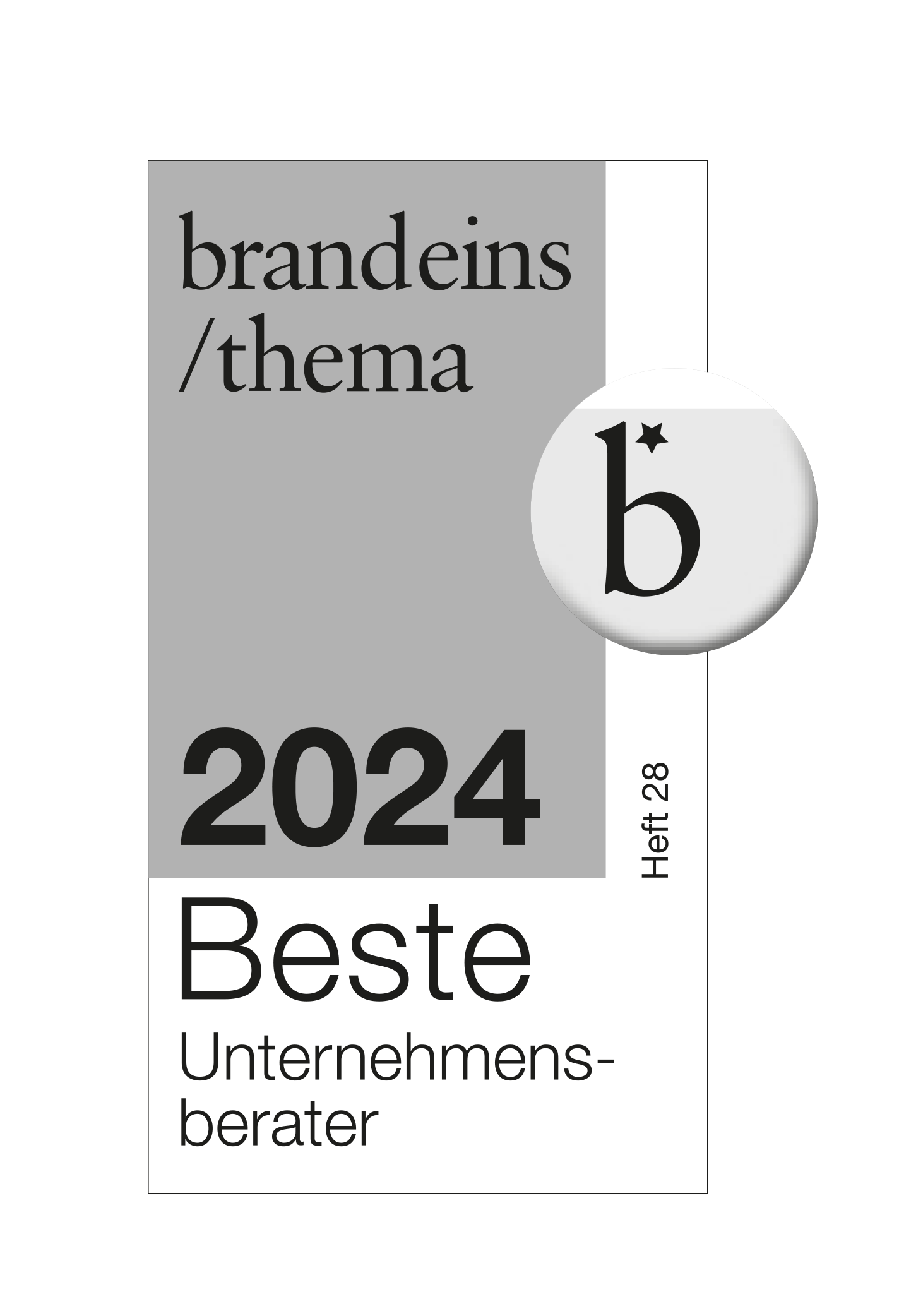What are the benefits of implementing SAP S/4HANA and using SAP Business Planning and Consolidation (BPC) for integrated business planning? An assessment by our expert Dr. Oliver Schöb, management consultant msg treorbis GmbH.
Industry 4.0 will greatly change controlling. With the increasing use of powerful forecasting it will be possible to update future developments of important influencing factors permanently and without much effort. Decision-making will be increasingly geared to this new range of information. The consequence of this will be that the preoccupation with plan-actual and target-actual deviations will decline. However, this does not mean that the generation of plan data can be dispensed with in the future.Customer and item-related planned values in contribution margin accounting will continue to be required for corporate management. Numerous decisions will continue to be made based on the contribution margins of customers and items (or groups and hierarchies of these characteristics). In addition, the company management will continue to require a Plan P&L and this will need to be provided in the form of an overall cost method for some time to come.
The generation of the plan values for these two sets of calculations has so far occupied several employees over a period of several weeks. Especially the reconciliation of these two sets of calculations took an enormous amount of time. But identical results in both sets of calculations are mandatory for the acceptance of plan data.
Plan P&L and plan contribution margin accounting
The operational planning process is usually fixed, since most planning steps require the output of a previous planning step as input. The figure below shows a typical planning process for production companies with discrete manufacturing. At the beginning of the operational planning, focus is put on the “CO world”, in other words on contribution margin accounting, cost center planning and product costings. Once plan contribution margin accounting has been completed, the plan data from the “CO world” needs to be transferred to the “FI world”.
Planning steps operational business planning BPC SAP
The arrows in the figure could lead to the assumption that a fully automated exchange of all plan data is done between subplans. Unfortunately, this has not been possible so far, or only with very extensive programming. The lack of automation could mainly be attributed to the following three problems:
- Transfer of plan data from value fields (costing-based profitability analysis) to plan data for G/L accounts.
- Transferring plan data from a cost of sales accounting (contribution margin accounting) to plan data for a period accounting.
- Determination of the input quantities of material and production activities required to generate sales quantities.
- The introduction of the Universal Ledger with SAP S/4HANA has solved or eliminated the first problem. The common table for FI and CO data could only be implemented with a common use of G/L accounts for all postings and by completely abandoning value fields. (This inevitably meant a switch from costing-based to accounting-based profitability analysis, which was possible without loss of information thanks to comprehensive functional improvements.)
- The challenge of transferring plan data from cost of sales accounting (contribution margin accounting) to plan data for period accounting remains with SAP S/4HANA, but the use of BPC for S/4HANA means that extensive programming is no longer required to overcome this challenge. By accessing the costings for all items sold, the cost of goods manufactured for the quantities sold can be used to generate the plan data for the cost of materials as well as the plan credit postings on the production cost centers. In actual, the manufacturing orders are used for this. As these manufacturing orders are not available the operational planning is created, an intelligent “shortcut” needed to be found for planning. This was achieved with minor adjustments of and additions to the business contents of BPC.
- To ensure identical results in the plan contribution margin accounting and the plan P&L, it is essential that the price calculation on the production cost centers is based on the plan operating level, which is derived from the planned sales quantities of the items. For the determination of these activity quantities (production hours, machine hours, etc.), BPC for SAP S/4HANA provides a planning function in the business content, which enables the entire breakdown of the costings for all items sold. This way, the exact plan operating level is available at the start of the cost center planning so that the cost planning can be done with these activity quantities.
For a better understanding of the outlined solution alternatives, here is a document with a more detailed description of the individual planning steps using a simple numerical example.


